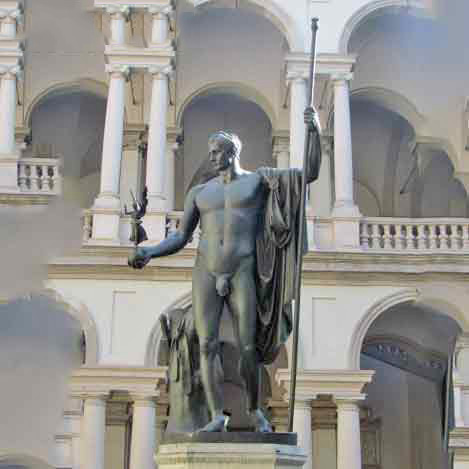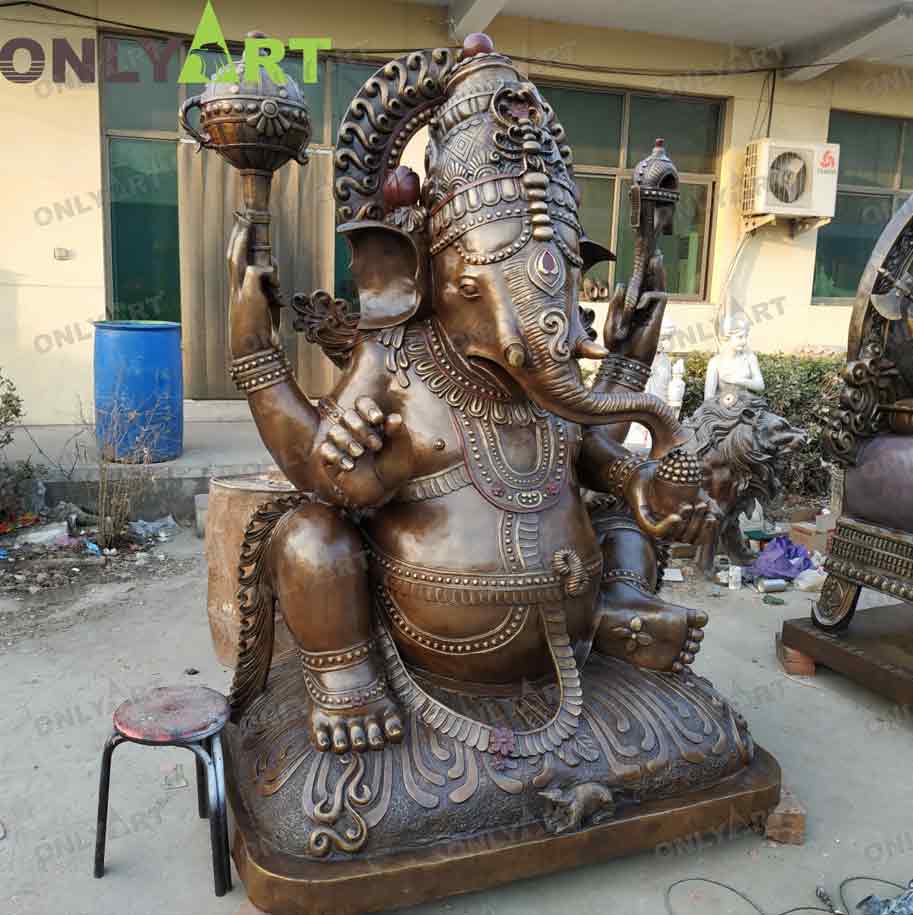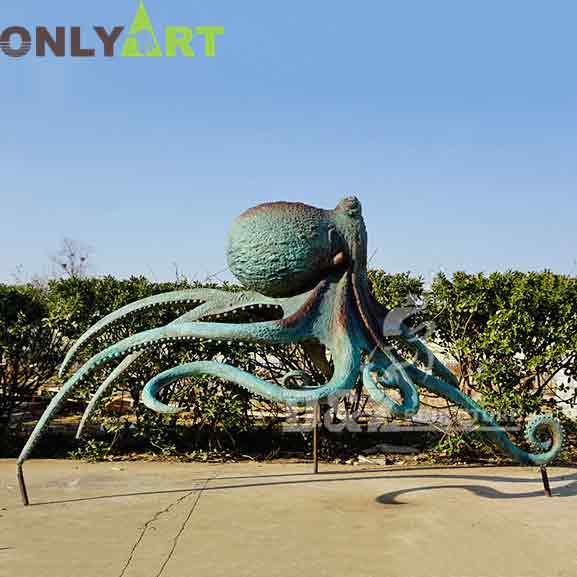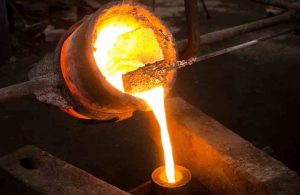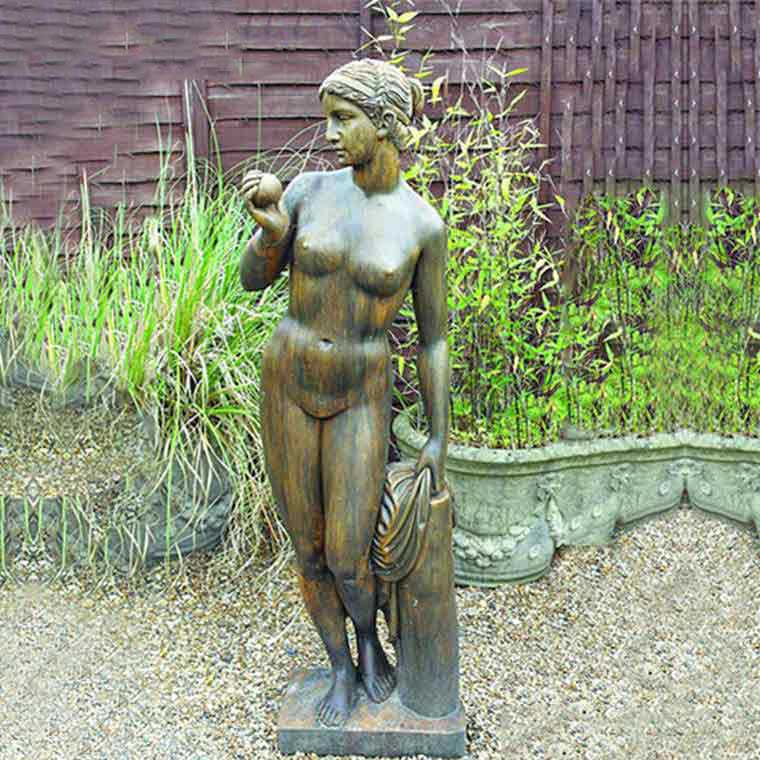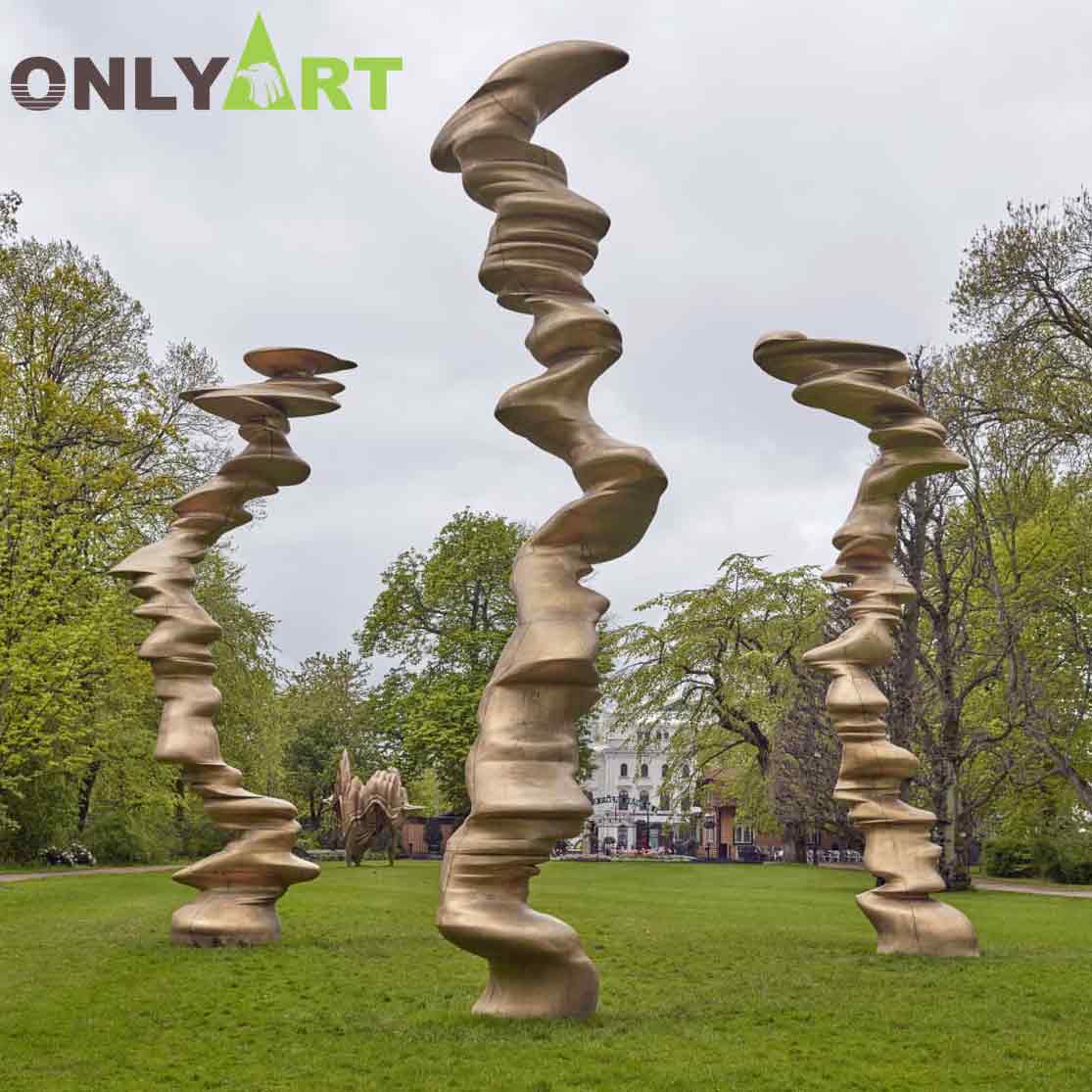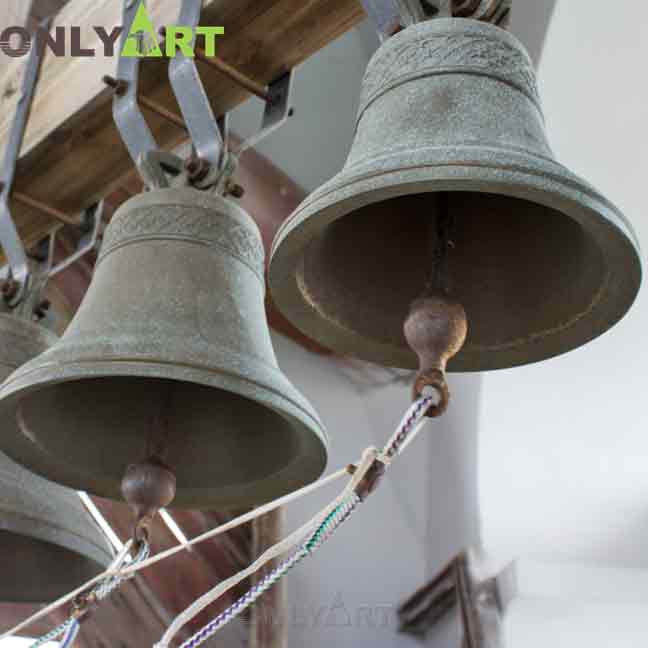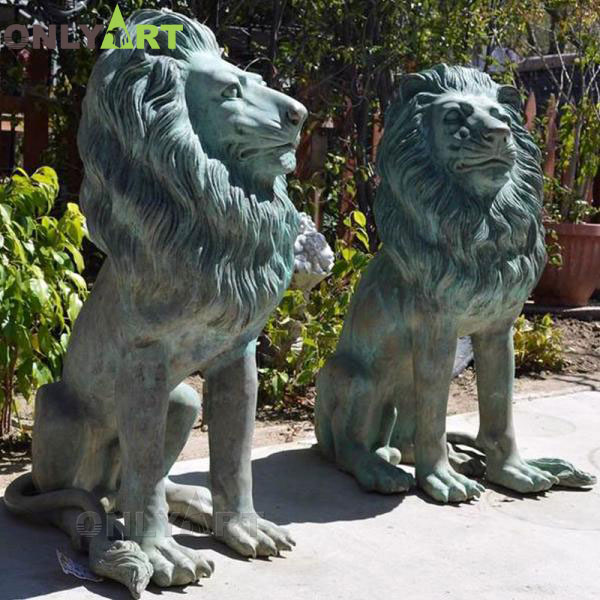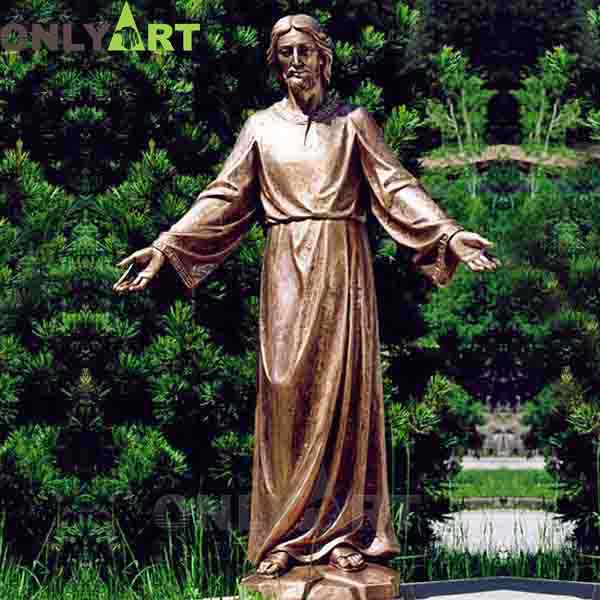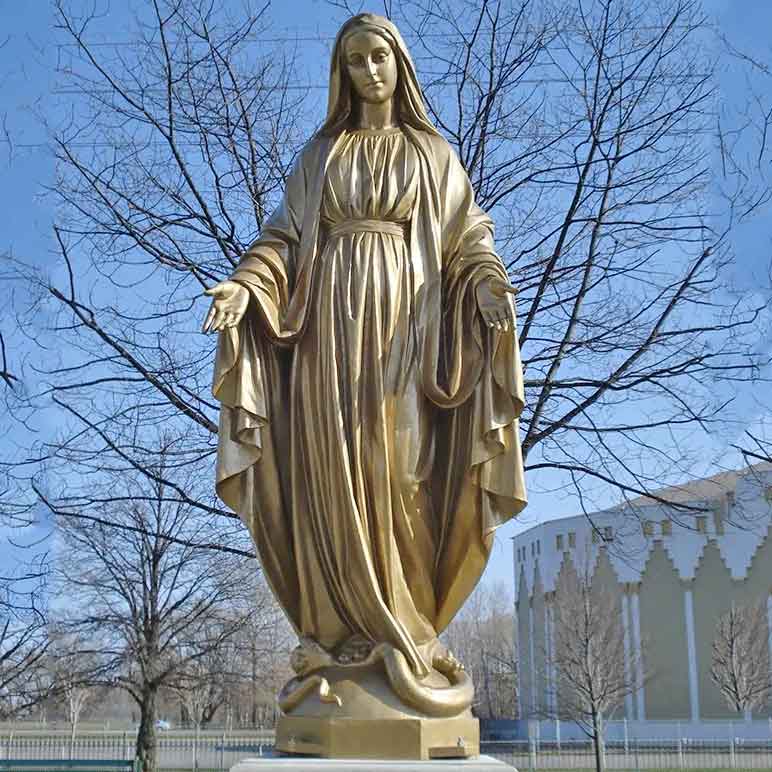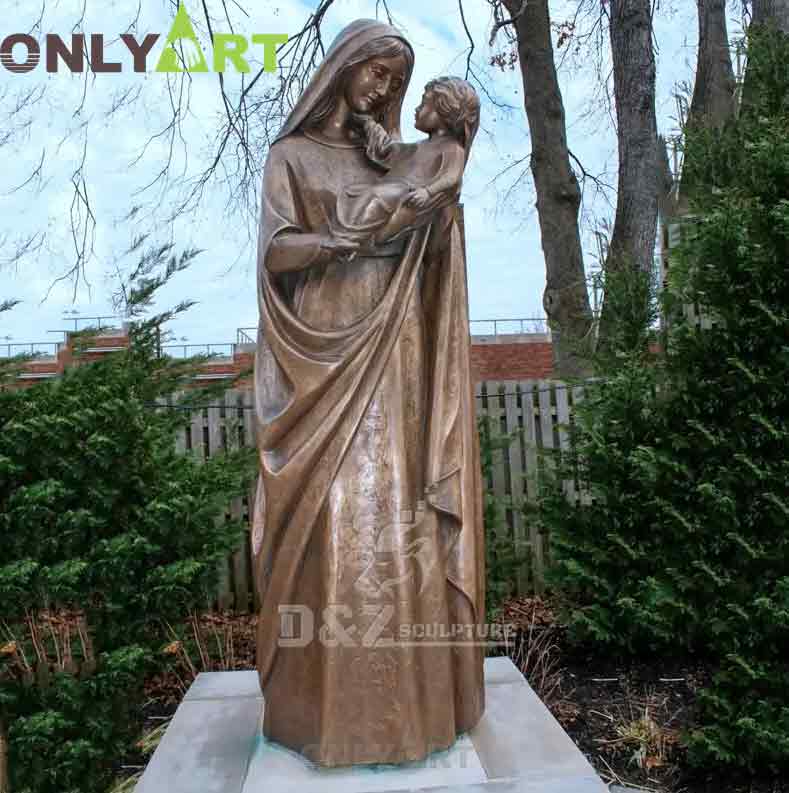Napoleon as Mars the Peacemaker Sculpture
Napoleon as Mars the Peacemaker statue, a sculptural masterpiece created by Italian sculptor Antonio Canova. It shows the praise and reverence of Napoleon Bonaparte. This sculpture, exquisitely carved and portrays Napoleon as the image of Mars, the god of war in ancient Roman mythology.
In this sculpture, Napoleon, depicted as handsome, majestic, resolute and powerful. Muscular and energetic, he wears a war helmet and holds a spear, symbolizing military strength and authority. His figure appears solemn and elegant, showing the typical characteristics of classical sculpture, with an idealized and rational aesthetic.
Made Material
This sculpture, made of bronze material. The texture and luster of bronze make the sculpture more noble and refined. Canova’s work, renowned for its meticulous carvings and precise grasp of human proportions, and this sculpture is no exception. From every detail, such as Napoleon’s expression to the details decorated on the armor, they all demonstrate the artist’s ultimate pursuit of sculpture and superb skills.

Heroic and Mythological
The sculpture’s style combines elements of classicism and neoclassicism. It is not only a tribute to the art of ancient Greece and Rome, but also shows the reinterpretation of heroic and mythological themes at that time. It is not just a sculpture, but a symbolic expression of the politics and culture of the Napoleonic era.
So the Napoleon as Mars the Peacemaker, ies in its perfect proportions and the artist’s attention to detail. This is not only a technical feat, but also a praise and celebration of the political and historical figures of the time. It became a classic in art history and is regarded as one of Canova’s greatest sculptures and provides a unique glimpse into the Napoleonic era.
So Napoleon as Mars the Peacemaker Statue is a sculpture imbued with majesty and sublimity, permanently capturing the glory and power of the Napoleonic era through the artist’s virtuosity and attention to detail. It is not only a work of art, but also a cultural heritage, conveying the beauty of the integration of history and art.
But if you want to know more details about the Napoleon as Mars the Peacemaker statue, you can see it here.

